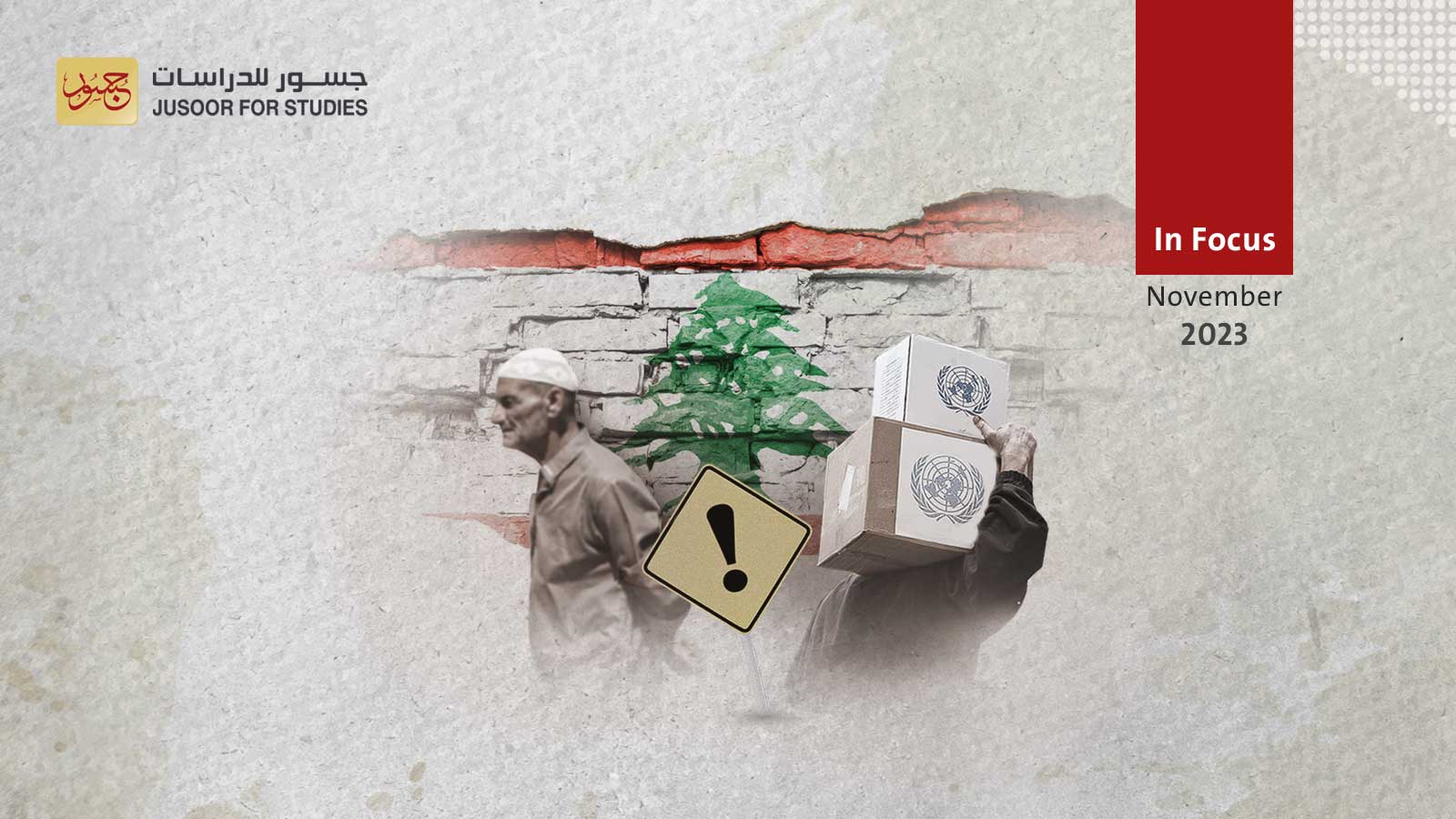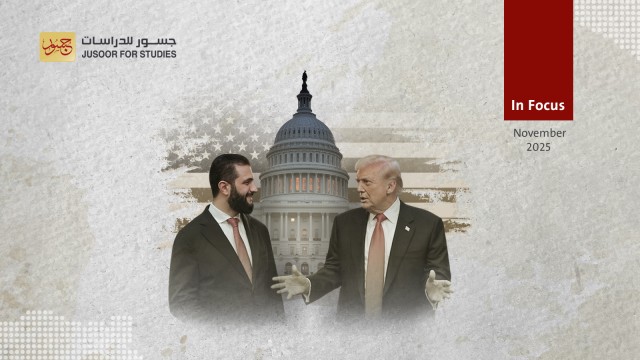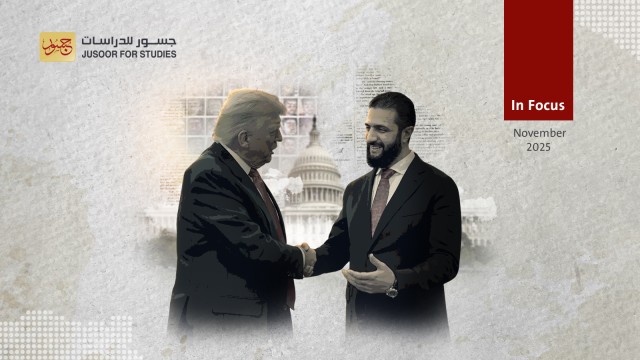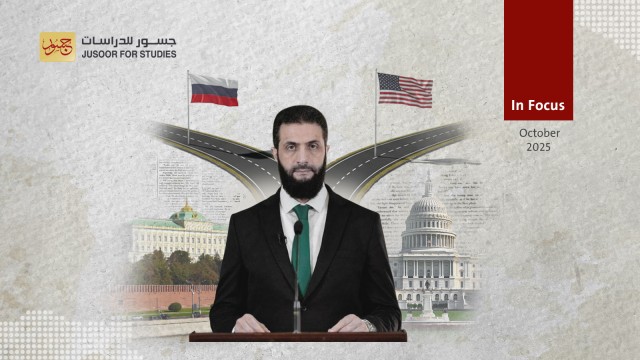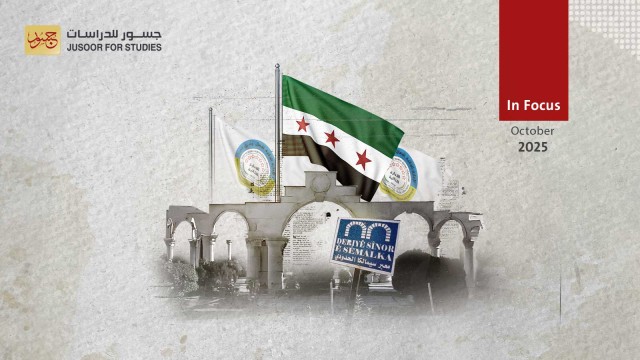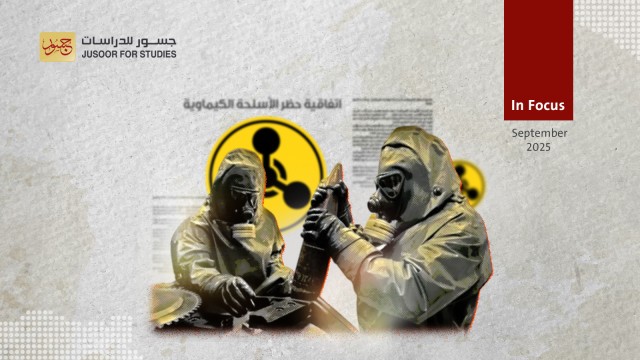Who Gains from the Ongoing Aid Cuts for Syrian Refugees in Lebanon?
The United Nations Organization is gearing up for another round of subsidy cuts for Syrian refugees in Lebanon starting from 2024. This impending decision is set to impact over 88,000 families (encompassing around 400,000 individuals) - marking the largest affected group since the onset of these reductions in 2013. While assistance will continue for approximately 190,000 families (900,000 individuals), the reality is stark: some families will face a complete cessation of support, while others will continue to receive aid. This move highlights a critical juncture in the ongoing support narrative for these communities.
The reduction in aid for Syrian refugees in Lebanon has been a persistent issue since 2013, with cuts typically occurring at least every two years. These reductions often affect the value of food vouchers or WFP's e-cards provided to the refugees. A primary cause for these cutbacks is attributed to insufficient funding faced by the United Nations, where most donors fail to fulfill their financial commitments. This recurrent issue underscores the challenges in sustaining adequate support for the refugee community in Lebanon.
This latest announcement from the United Nations comes amid a critical backdrop: Lebanon is currently navigating through a severe financial and political crisis, alongside emerging signs of a potential conflict with Israel in its southern region. Compounding the situation, the Lebanese Minister of Social Affairs has declared an unwillingness to accommodate Syrian refugees fleeing from South Lebanon in the event of war. This development adds a complex layer to the already challenging refugee situation in the country.
Due to the recent cuts in support, there's an expected increase in both legal and illegal migration of Syrian refugees from Lebanon to Europe. This surge is driven by the refugees' growing desperation to escape the dire conditions and mounting pressures they face in Lebanon, a situation that has become increasingly evident since the onset of the escalating economic crisis in 2019. This trend underscores the refugees' relentless search for stability and safety, far from the hardships they currently endure.
As a consequence of the diminished aid, there's also an expectation of continued return of some Syrian refugees to Syria, despite the current conditions that might expose them to risks of arrest, violence, and extortion, as previously experienced. This situation aligns with the Lebanese government's push to repatriate Syrian families through increased security, legal, and economic constraints. However, the inability of many refugees to feel safe or access social services in Syria – a situation not vastly different from their current status in Lebanon – compels many to prefer staying in Lebanon rather than returning to Syria. This dilemma highlights the precarious balance between the quest for safety and the harsh realities of displacement.
It appears that the reduction in aid is set to continue in the coming years, especially as donor priorities are increasingly shifting towards early recovery projects, with a simultaneous decrease - or at least a significant reduction - in emergency funding in Syria and neighboring countries alike. Consequently, a portion of the support previously allocated to Syrian refugees in Lebanon is expected to be redirected towards health, municipal, and service projects managed by local municipalities. This reallocation aims to compensate for the damages suffered by the infrastructure, marking a significant shift in the focus of humanitarian assistance.
While the Lebanese government might relatively benefit from this aid reduction, as part of it will be channeled into infrastructure repairs and potentially lead to a decrease in the number of Syrian refugees in Lebanon, it's likely that Hezbollah will emerge as a more significant beneficiary. In the current context of war and potential new alignments within Lebanon, Hezbollah may seize this opportunity to recruit refugees for military and security purposes. This strategy aligns with their similar recruitment efforts in Syria, as they prepare to face upcoming challenges.
On the other hand, the reduction in support for Syrian refugees in Lebanon poses significant challenges for European countries. Given the current economic conditions and the ongoing conflict with Russia, most European nations are ill-prepared to accommodate an influx of additional refugees. Moreover, this situation could further fuel regional conflicts, as groups like Hezbollah might exploit the refugee crisis to bolster their ranks, thereby reducing their own human resource expenditures. Such strategies could be driven by internal calculations and contribute to the complex geopolitical dynamics of the region.
In conclusion, the United Nations' decision to reduce support for Syrian refugees in Lebanon inadvertently serves the interests of parties whose objectives are misaligned with those of the UN and its donor nations, particularly European countries. These financial policies are likely to perpetuate migration waves, increase human rights violations, and intensify regional conflicts. Such outcomes starkly contrast with the fundamental mission of the United Nations and its European partners, revealing a complex interplay of humanitarian aid and geopolitical interests.

